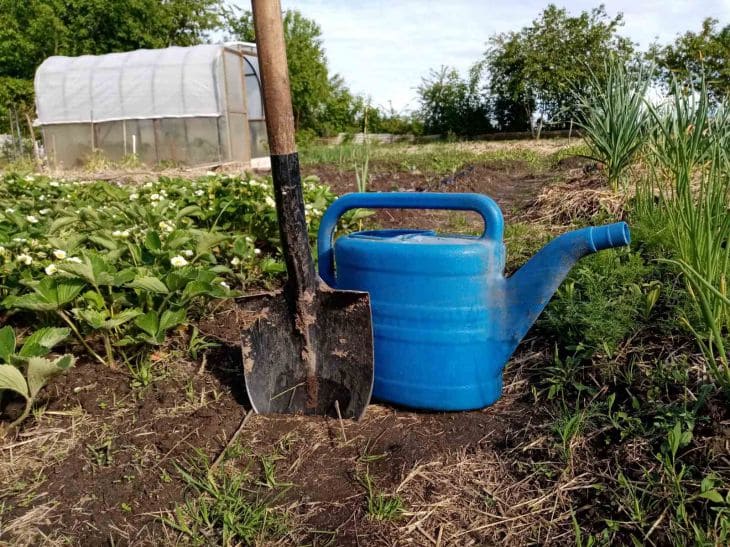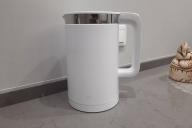Beginner gardeners often confuse such concepts as picking and transshipping plants.
Sometimes even gardeners with many years of experience do not differentiate these concepts, because both are about transplanting plants into a new container. But there is a difference, and it is significant.
What is picking?
Pricking out is a transplant that damages the root system.
For example, you sowed tomatoes in a container in rows at a small distance from each other. And when they become cramped in this container, you dig them up and transplant them into a cup. This is picking. In this case, the roots are injured, some of them break off.
If the central root is too long, it is recommended to shorten it a little so that the lateral roots grow more actively.

The advantage of this method is that it saves space, as plants can be grown for some time in one container. This is much more compact than allocating a separate cup for each plant.
The downside of the method: severe trauma to the plant. As a rule, after picking, the seedlings "freeze" for 2-3 weeks. They do not grow, trying to recover from the stress. However, sometimes this is an advantage. For example, in the case when the seedlings have stretched out too much. This will slow down their growth.
Please note that many plants are not recommended to be pricked out. They are very hard to cope with the stress they have experienced and are significantly stunted in growth.
Tomatoes tolerate picking easily. They quickly grow roots even on the stem, so tomatoes can be safely deepened with each transplant. But even they stop growing for 2 weeks. But peppers and eggplants do not grow additional roots so actively, so it is not recommended to pick them and deepen them more than 1 cm. However, they will tolerate one picking (usually the first one) relatively easily.
Cucumbers, zucchini, pumpkins, watermelons and melons do not tolerate transplanting at all.
What is transshipment?
Transshipment is a method of transplantation in which the root system is not damaged. The plant, together with a whole lump of soil, is transferred from one container to another.
For example, a tomato is growing in your cup. When the roots have grown so much that they have entwined the entire soil ball, the plant needs to be moved to a larger container. To do this, the tomato is carefully removed from the cup so that the soil ball retains its shape. And then it is immediately placed in another cup, sprinkled with soil and watered. With such a transplant, the roots are practically not injured, and the plant does not experience stress. It may slow down in development for a couple of days, but quickly adapts to the new conditions.
As a rule, indoor flowers are transplanted using this method.
Advantages of the method: the plant does not experience stress and grows well.
Disadvantages of the method: each plant must be in a separate cup.
Experienced gardeners always combine these methods of transplantation, choosing the one that is most optimal for a particular plant and in a particular period of growth. Here it is important to pay attention to the characteristics of the plants.








